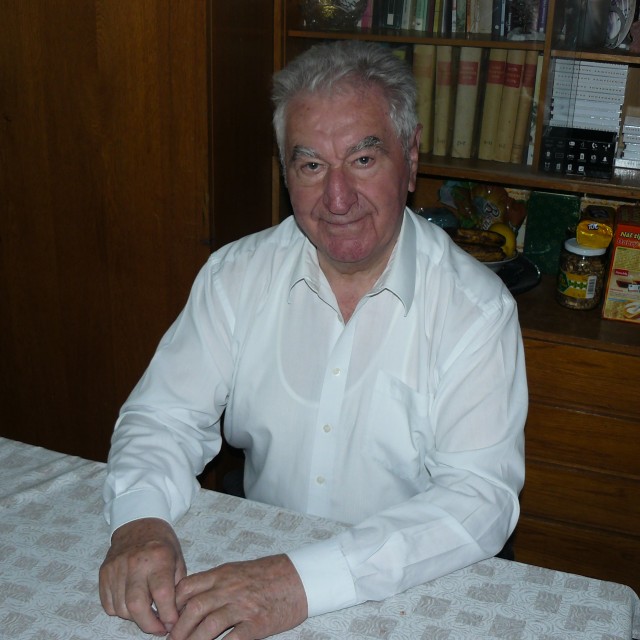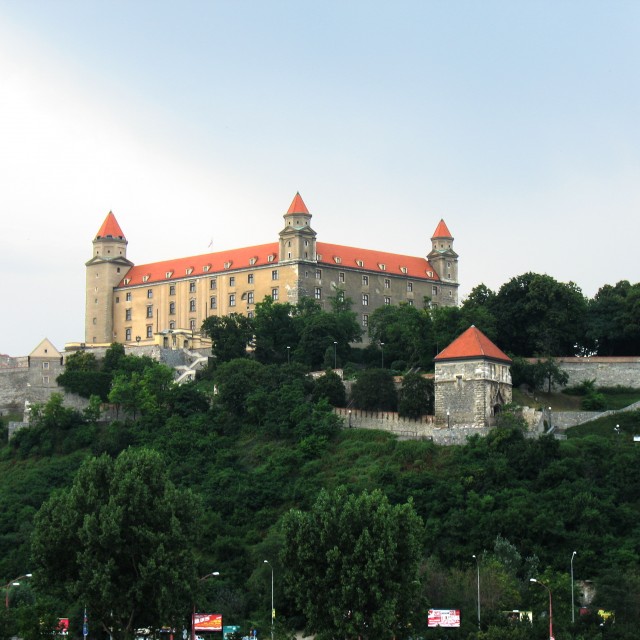A Little Different Visit of the Castle
Since the communist regime didn’t allow Anton Srholec to fulfill his desire for priesthood, in 1951 he attempted to flee abroad, where he hoped to reach his goal. However, this fateful night his plans were thwarted because of the swollen Morava River. Going back from the borders almost whole group of students, Anton being among them, was detained by the Border Guard and taken to the Bratislava Castle. “There we had to wait the whole week, so that they could detain all other possible runaways without us informing about anything. We were strictly guarded, without sleep, only sitting, eating the same way as soldiers did and there we waited for a week.” Afterwards they were transported to the so-called prison U dvoch levov (At Two Lions) in Bratislava, and then to the Leopoldov prison where Anton spent months on remand. In a secret trial which took place at the State Court in Bratislava in February 1952, Anton Srholec was sentenced to twelve years of imprisonment. For almost a decade he served his sentence for an escape that never turned out in the hell of Jáchymov labour camp.
Hodnocení
Hodnotilo 0 lidí
Routes
Not a part of any route.
Comments
No comments yet.




